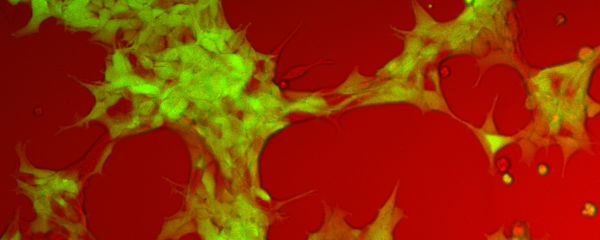What I’ve Learned:
“Swarm robotics: You guys like swarms of things, right?”
Lots of great things come in swarms. Hornets. Locusts. One Direction fans.
Okay, so none of those things are particularly great. But robots are pretty great, and now robots come in swarms, too.
Swarm robotics hasn’t been around long, since it requires robots with three characteristics of animals that swarm together: small size, good mobility and cheap production.
And in the case of 1D fans, squealiness. But that’s not as important.
The concept behind swarm robotics is borrowed from biology, and is called “emergent behavior”. Basically, it’s the idea that a bunch of mostly-identical critters of limited intelligence can work together to do something useful that they couldn’t manage as individuals. In nature, that might be to migrate to a new nest or strip a cornfield down to its roots. Or to vote Harry Styles dreamiest Teen Beat dreamboat.
Happily, when it comes to swarm robotics, the mechanical critters — or the people programming them — are usually more sensible.
The ultimate goals of swarm robotics include things like digging mines or harvesting crops or building structures. Someday, particularly tiny robots might scurry into our bodies to clear out arteries or slice up a tumor or slap together a new liver.
Or they’ll take over the planet, build a machine city and plug all of surviving humanity into the Matrix. Which would be slightly less helpful.
For the moment, scientists are limited to current robot technology, which includes wheeled self-assembling Rubik-sized cubes and coin-sized microbots that skitter around on toothpick legs. Neither is very impressive in the singular — they’re like miniaturized Roombas that don’t bother to vacuum any more. But with a bunch of these robots (and the right programming), engineers can do some pretty interesting things.
With a few simple instructions, for instance, swarm robots have assembled to pass obstacles a single unit couldn’t navigate, and to collectively move objects much heavier than any component robot. There are even termite-inspired projects with robots that cooperatively figure out how to build simple structure designs. And recently, a team at Harvard University coaxed the largest-yet swarm of teenybots — over one thousand strong — to arrange themselves into specified shapes, using a set of extremely basic rules.
So long as one of those shapes wasn’t “Skynet”, we’re probably going to be okay. For a few more years, at least.
The real power of swarm robotics comes with numbers. As the motors and sensors and other fiddly bits get smaller and cheaper, scientists can put more of their robo-critters into action. For some jobs, it doesn’t matter if one, or even half, of them fails. Sheer numbers — and a few snippets of code — will see them through larger and larger tasks. It’s like having a nest full of insects ready to do your bidding, or a tiny team of not-especially-bright butlers waiting to serve your every whim.
So while our future could hold Matrix enslavement — or worse, an endless horde of angry Benders — for now, swarm robotics is a promising field that may help us solve some very tricky and important engineering problems.
Like getting rid of One Direction. Seriously, robotics people. How come none of you is working on that?



